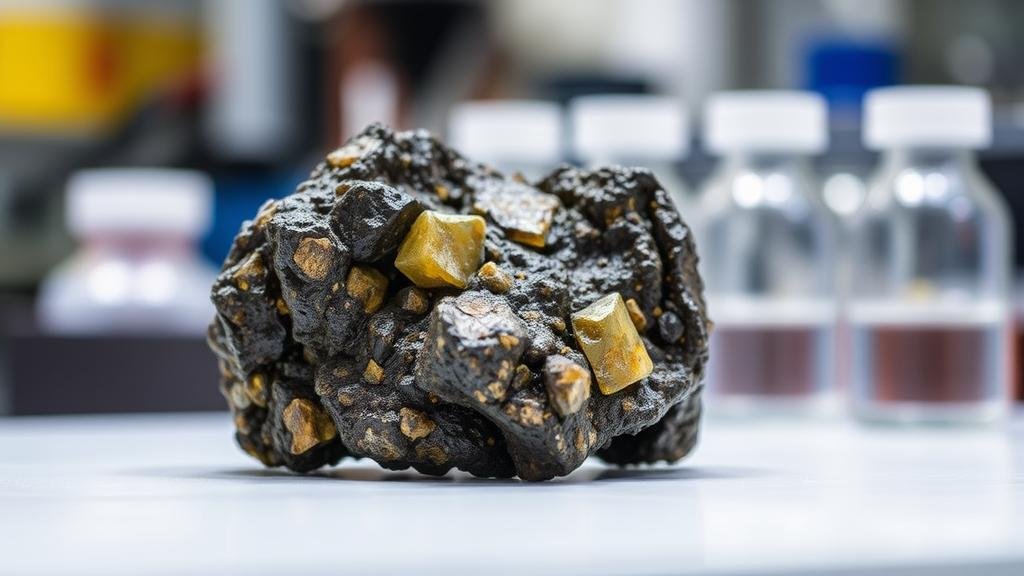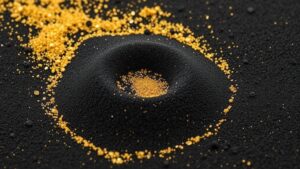Selling Concentrated Ore to Laboratories for Research and Testing
Selling Concentrated Ore to Laboratories for Research and Testing
The sale of concentrated ore to laboratories plays a pivotal role in the fields of geology, mining, and metallurgy. As laboratories conduct critical research and testing to enhance the understanding of mineral behavior and develop new extraction methods, the availability of quality concentrated ore becomes paramount. This article delves into the intricacies of this niche market, highlighting the importance of concentrated ore, the sales process, and the implications for both suppliers and laboratories.
Understanding Concentrated Ore
Concentrated ore refers to a form of ore that has been processed to increase the proportion of the desired minerals compared to the waste material. This process generally involves various techniques, including crushing, grinding, flotation, and magnetic separation. These methods result in a product that contains higher concentrations of valuable minerals such as gold, silver, copper, and nickel.
For example, a copper concentrate may contain upwards of 25% copper, as opposed to raw ore, which may only have 1-2% copper content. This high concentration is vital for conducting accurate laboratory tests and research.
Market Demand for Concentrated Ore
The demand for concentrated ore in laboratories has surged due to increasing interest in metallurgical research and development. Given the advancing technologies in material science, laboratories require pure samples for various applications, including:
- Mineralogical studies to understand the composition and characteristics of different ores
- Metallurgical testing to develop new extraction methods that improve yield and efficiency
- Environmental analyses to assess the impact of mining processes on surrounding ecosystems
According to the U.S. Geological Survey, the global copper market alone is expected to grow at a compound annual growth rate (CAGR) of 4.3% from 2021 to 2026. This growth accentuates the need for reliable sources of concentrated ore in laboratories.
The Sales Process
Successful sales of concentrated ore involve several crucial steps:
- Identifying Potential Clients: Suppliers must find laboratories engaged in relevant research that requires specific ores. This includes academic institutions, governmental research organizations, and private sector companies.
- Understanding Laboratory Requirements: Different laboratories have varying needs for purity, quantity, and characteristics of the ore. Suppliers must effectively communicate their capabilities and ensure they can meet these specifications.
- Quality Assurance: Providing certificates of analysis (CoA) is essential to assure clients of the ores composition and purity. Reliability in quality can set a supplier apart in a competitive market.
For example, a supplier providing gold concentrate may need to demonstrate a gold content of at least 60%, along with assurances on the absence of harmful contaminants, which could affect laboratory results.
Regulatory Considerations
When selling concentrated ore, understanding and adhering to regulatory frameworks is critical. Different countries impose varying regulations related to the sale and shipment of mineral resources. Compliance with these regulations ensures smooth transactions and builds trust with clients. This includes proper labeling, safety data sheets (SDS), and shipping permits.
Challenges in Selling Concentrated Ore
Despite the growing demand, the sale of concentrated ore is not without challenges:
- Market Fluctuations: Prices for concentrated ores can be volatile due to changes in global demand and supply dynamics.
- Quality Control: Maintaining consistent quality through various batches is essential; any discrepancies could lead to dissatisfaction and loss of future business.
- Competition: The market can be competitive, with various suppliers vying for the same clientele, emphasizing the need for superior customer service and product quality.
Real-World Applications
Suppliers of concentrated ore have reported various successful case studies where collaboration with laboratories has yielded positive outcomes. For example, a mining company based in South America provided copper concentrates to a leading research laboratory in the United States. This collaboration led to the development of a novel extraction process that improved copper yield by 15% on average, benefiting both parties and significantly impacting the market viability of the new technique.
Actionable Takeaways
For suppliers looking to successfully engage with laboratories in the sale of concentrated ore, consider the following actionable strategies:
- Establish robust relationships with potential laboratory clients through networking at industry events and conferences.
- Invest in ensuring product quality and reliability, incorporating feedback from laboratories to improve offerings.
- Stay informed about regulatory changes that may impact the sale and shipment of concentrated ores.
By understanding the needs of laboratories, maintaining a commitment to quality, and navigating market challenges, suppliers can effectively contribute to advancements in research and the broader mining and metallurgy sectors.



